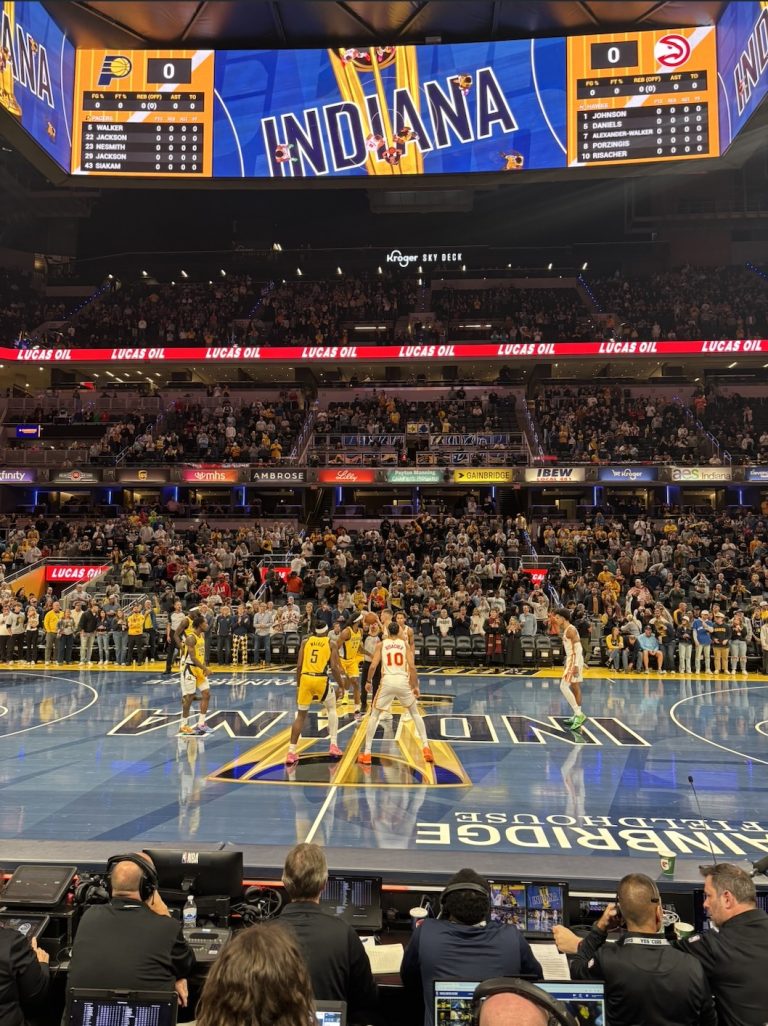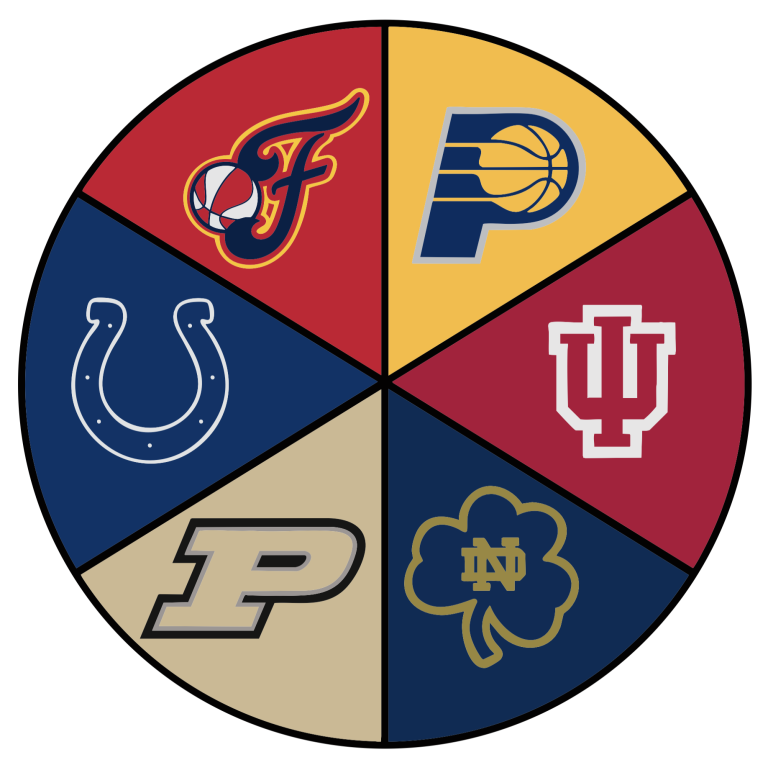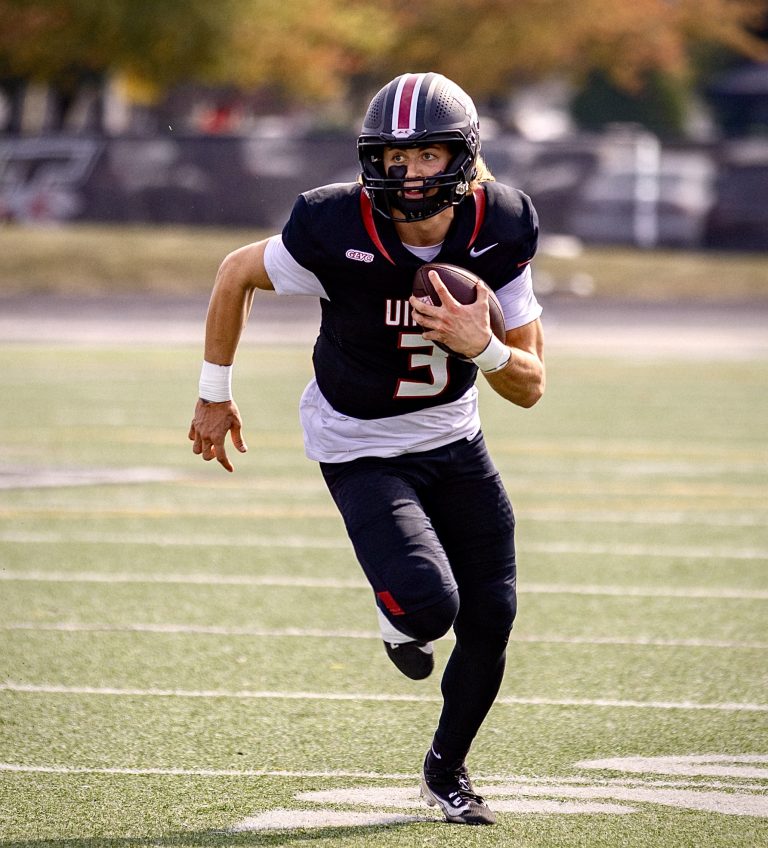Even if you know nothing about lacrosse, dislike lacrosse or are an avid fan, the recent decision by the University of Indianapolis to add lacrosse to our list of sponsored athletic programs speaks volumes. In every aspect of the university, our president has his eyes on the future. Adding this rapidly growing sport to our repertoire may seem premature, especially since the Great Lakes Valley Conference doesn’t even list it as a sport. But this is an example of the trailblazing path down which our president is leading us.
The sport itself is not trailblazing. It’s one of the oldest sports in the Americas, with its origins in a game that was played by Native Americans. It was named lacrosse (French for stickball) in the 1600s. Most popular in the Northeastern United States and Southeastern parts of Canada, lacrosse has spread its influence westward. Midwest high schools and other Midwest colleges have formed organized teams, and to recruit the best of all sports, we must extend our boundaries beyond the already-popular sports.
Currently, a majority of NCAA college lacrosse occurs at the Division I and Division III levels. Division I is able to support lacrosse because of the large size of their schools. Division III schools are able to support lacrosse because it takes the place of football, which they may not have the personnel or finances to support. Division II is somewhere in the middle. Many schools at our level do not have the necessary funds to add lacrosse as a sport. But they have enough to facilitate the more popular sports. Apparently our administration believes that we have grown up enough as a university to support this expansion in the athletics department. But there are several issues that must be addressed.
Obviously, lacrosse is a risk. It is going to require money for scholarships, uniforms, locker rooms and fields. It will add to the commotion that occurs in the Athletics & Recreation Center and the weight room, as teams attempt to find practice time without getting in each other’s way. It will create a different atmosphere with new and unique student athletes.
A lacrosse roster includes nearly 50 athletes. With the addition of men’s and women’s lacrosse, that is another 100 athletes that we will need to accommodate with facilities, and I am interested to see where they find a place for them. At the moment, nearly superhuman organization would be required to squeeze in another 100 athletes, as well as several more coaches.
Besides the aforementioned issues, there also is the issue of return. The initial impact of the lacrosse teams will be to generate a lot of excitement. But how long will that excitement last? Especially when a majority of students may not even know about, or be interested in, the sport? In addition, UIndy has historically been a national contender in the Directors’ Cup. How will the addition of these two new teams affect that?
I am skeptical that UIndy lacrosse would be able to uphold the standards of success in place for our current athletic teams. At least, I doubt that the teams would be able to do so in their inaugural season. Hopefully, they will quickly come into their own. But will the student body and the general public support the fledgling lacrosse teams long enough to see them enjoy success?
These and other questions will be addressed shortly. They will have to be if this idea is going to succeed. But even if the addition of men’s and women’s lacrosse does not catapult UIndy into athletic or financial success, I think it is a very intelligent move. It enhances the image of the university by showing that we are a pioneer in Division II athletics.
We are here during an exciting time at this university—a time of significant change. Our involvement will have a ripple effect that will last for years to come. Lacrosse is only a small piece of this future, a future I am excited to see unfold.
Our administration and faculty are striving to set us up for a fast break. They’ve scooped the ball and passed it ahead, hoping for a goal. Will it land successfully in the back of the net? We will just have to wait and see.







